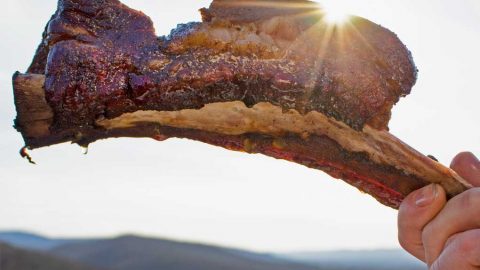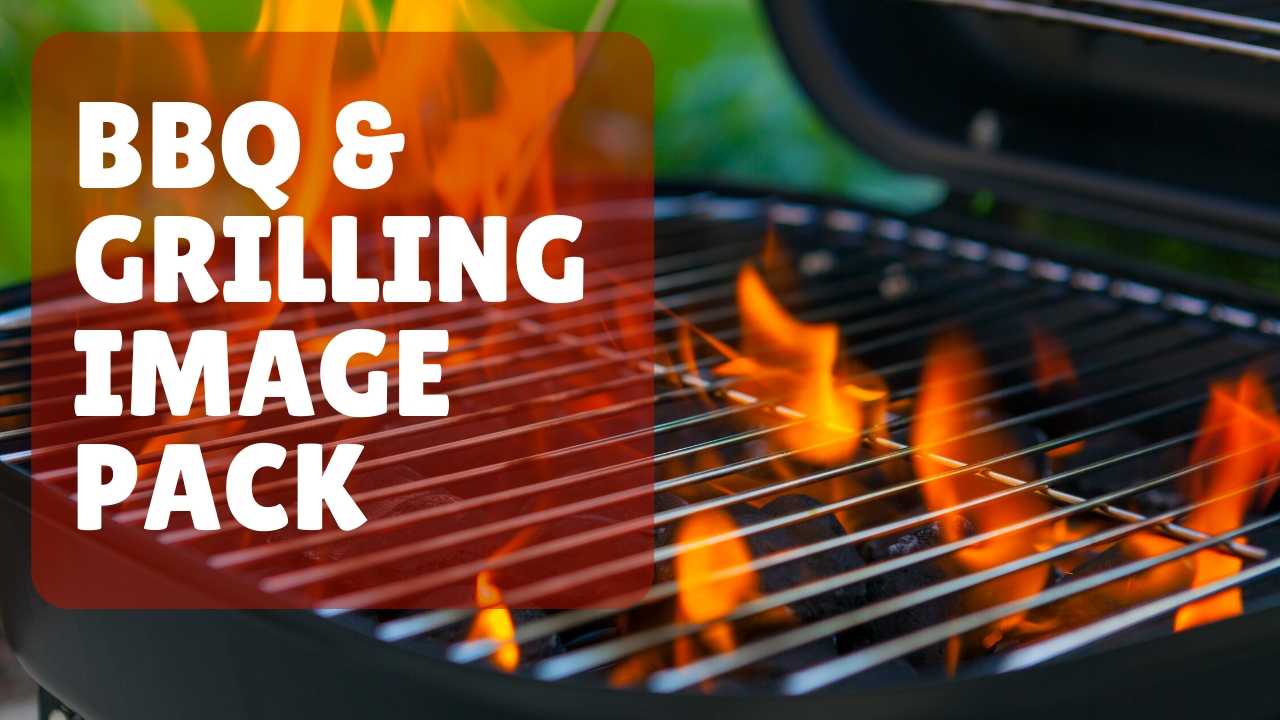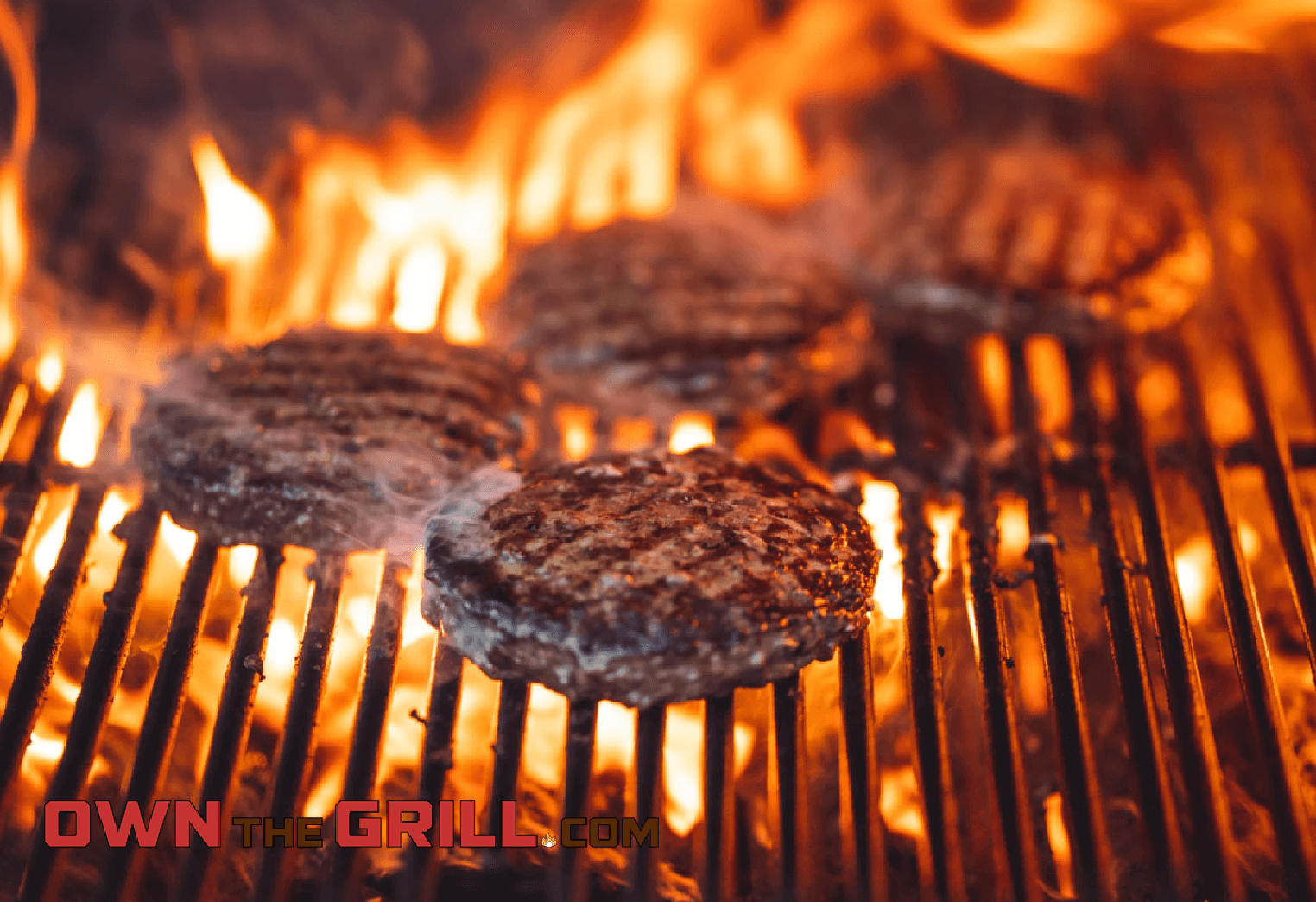
Cook your food on coals for maximum heat. You will get more heat from a charcoal grill that has wide vents. If your flames are high, you have enough oxygen flowing through. If the flames are too low, it means that there is not enough oxygen. If your food is burning quickly, you should close the vents. The higher the flames, the higher the heat. Low flames indicate that you are not using enough charcoal.
Intake vent
A charcoal grill will have an intake vent. This device provides oxygen to the combustibles. This is where the grill gets its "fuel". The grill's "fuel" is the amount of oxygen that can be emitted from the vent. Controlling the oxygen rate is an important part of controlling the temperature of your grill.
The main way to control the temperature is by using the charcoal grill's intake ventilation. Two arrow marks should be found near the vent. If the arrows point to half-open, the vent is open. The top lid contains both the oxygen and exhaust dampers. By opening and closing them, you can control the temperature and intensity of the fire. In other words, the wider the vent is, the hotter the fire will be.
As much as possible, the charcoal grill's vents should be open. The vents should be kept open to ensure that the charcoal is not too hot and burns faster. Shutting the vents can lower the internal temperature and reduce smoke. The bottom vent must be opened while the top one should stay closed. If you smell smoke from your cooking, open the bottom vent just a little. You can always close the bottom vent completely or halfway if it doesn’t.
Another component to look at is the outtake valve. The outtake vent, which pulls oxygen from the air, is not like the intake vent. Properly venting charcoal and wood fires will prevent them from smothering the fire. Adjusting the intake vent is a good idea to ensure that the temperature is right before you cook. Beginners should start at the intake and then work their way up.
Exhaust vent
The exhaust vent of a charcoal grill regulates the amount air allowed to enter the cooking area. A partially or fully open vent will allow more oxygen to enter the cooking area. This will lead to a bigger fire. However, if the vent is closed, less oxygen will be allowed to enter the cooking area. This will cause a smaller flame and starve the fire. You must consider many factors when controlling your exhaust vent.
An exhaust vent for a charcoal grill balances the oxygen in its bottom chamber with that in its top chamber. This is crucial for cooking the perfect burger. Charcoal grill exhaust ventilators, sometimes called dampers or chimneys, allow for direct temperature control. Proper use of the vent is a way to improve the taste of your food while keeping it juicy and tender.
The most important part of any charcoal grill is the exhaust vent. If you want to get the most heat from the charcoal, you should cook it directly over the coals. If you prefer to control the temperature of your food, however, the 2-zone method is a good option. You can move food by cooking in sections using the two-zone method. If you don't have time to move the food from one zone to another, the top vent can be opened to help regulate the flame.
The intake damper (second part of the charcoal grill exhaust vent) is the other. This vent is located at the bottom of your grill. Wood and charcoal require oxygen to burn. Opening the vent reduces that amount. The intake damper is normally located at the bottom. The fire can heat up if the vent is open. This makes the fire more hot and allows you cook more food with less effort.
Do not take

Charcoal charcoal grills are air-cooled by an intake vent. O2 enters the grill when heat rises. An properly functioning charcoal grill intake diaphragm opens the grill's airways. Keeping the intake damper open allows more oxygen into the grill, while a closed vent restricts oxygen in the system. Too much air can lead to coals getting too hot, which can result in food being burned. A closed damper, on the other hand, will cause the coals not to heat up and eventually die.
Vents or dampers are often called intake or exhaust vents. But they are exactly the same thing. A charcoal grill's lower section has an intake damper, and the top has an exhaust vent. The exhaust and intake ports on charcoal grills are set up to draw oxygen as fuel. Keeping them open will allow you to cook your food at the right temperature. You will get more smoke from a charcoal grill that is hot.
The temperature can be controlled by adjusting the charcoal grill intake damper. The vents are more open, which allows more oxygen to enter. Grills that have less air will be cooler. The lid of most charcoal grills has one damper and the bowl the other. The damper affects the temperature of charcoal grills, so make sure to leave it open for the best smoke flavor. When adjusting the intake damper, keep in mind that the charcoal grill intake damper will take up to 10-20 minutes to settle.
A charcoal grill intake damper helps keep the fire from spreading out of control. The charcoal will burn to ashes if it is not covered. You can easily put out a charcoal-grill by closing the vents. This prevents drafts, regulates temperature, and smothers the fire. This is also known to be a "fire triangular" system that regulates the temperature of your grill.
Clean the grill grates when they are still warm
It is easier than cleaning the grates of your barbecue while they are still warm. You will need to soak your grates in a solution consisting of one cup of vinegar and one-half cup of baking soda. Let the mixture sit for around one hour before you begin to scrub the grates using a steel wool and a scouring pads. This method is safer, more efficient than other chemical solutions, and better.
After every cooking session, you should clean your grill grates. Use a stainless steel brush to remove any food that has been browned on your grill grates. If possible, you can also use a separate scraper or the built-in scraper to remove burnt-on food. Remove any bristles that become loose from the brush. Once you have cleaned the grates, you can rinse them thoroughly and dry them.
Cast-iron grates can be cleaned with soap and warm water. If the grates have a heavy buildup of grease, it could cause them to lose their non-stick properties. If you want them to look new, it is essential to thoroughly clean them. This applies to porcelain grill grates as well. These should be cleaned by hand using soap and warm water. To avoid rusting, you can use vegetable oil instead of cleaning solution.
Aluminum foil can also be used for cleaning the grill grates. To make it easier to use, crumple the aluminum foil into a small circle. Use a brush to remove any food stuck to the grates. Be sure to let the grill cool before you wipe it down. In this way, you can ensure that it is completely clean. A charcoal grill can be left on after cooking for a few seconds.
Examining the vents

The charcoal grill's ventilations regulate the temperature and amount of oxygen that is emitted from the charcoal. The vents are essential to charcoal grilling. This will allow you to better control the temperature and taste of your food. You should also close all the vents when you're done cooking to prevent a fire and allow the grill to cool down properly before storing it.
A charcoal grill's cover can rust if it has received heavy rain. The rust can block the grill's vent from opening and prevent oxygen from entering. This can lead either to a partially cooked meal or semi burned charcoal. The grill's ventilations are crucial for proper operation. To prevent problems from arising and to make cooking more enjoyable, you should inspect them frequently.
A vent is responsible for controlling the oxygen levels in the grill. If you are cooking in winter when oxygen is less, the bottom vent will be more important. The food will cook much faster. Temperature regulation is the purpose of a vent. If it's not working, you can use an aluminum pan with a similar effect. In this case, it won't affect the temperature as much as water, but will still help you cook more food.
The exhaust damper is also known as the top vent. Using the damper correctly is important for charcoal grilling. If it's closed too much, the fire will be too hot and you'll get too much smoke. Proper settings are important for achieving the desired flavor of smoke. The vent damper must be adjusted in accordance with the type and preparation of your food. It is also important to consider the type of charcoal grill that you use.
FAQ
What should a beginner chef learn?
Beginners should begin cooking simple dishes like soup, pasta, and rice. For those who want to learn how cook, a recipe book is a good option. Cooking is fun when you do it with someone else. Have a group of friends cook, or cook together.
Is there a difference in a chef and a cooker?
A chef is someone who prepares food for others. A cook prepares food for his or her own consumption. While both jobs involve preparing food, a chef works directly with customers. This may mean that they might have to choose what to cook for guests depending on their preferences. A cook does not interact with customers. Instead, they ensure that the food tastes delicious before they serve it to others.
What are the benefits to using a slow cooker
Slow Cookers are very useful because they allow you to prepare delicious meals without wasting time. Slow cooker recipes are more healthy than traditional dishes because they use less oil. Slow cooker recipes are also convenient as they can take care of themselves while your sleep.
What is the average time it takes to learn how to cook? What amount of time will it take to master the art?
It depends on your level of skill. Some people can learn basic cooking techniques in as little as a week. Others may take several months or longer to feel competent enough to teach themselves how they cook.
The amount of time needed to learn to cook varies considerably based on the person. Someone who has never been to the kitchen before might need more time than someone who does it regularly. Some types of cooking are more difficult than others. Baking requires more knowledge than frying.
Learn a technique to increase your ability to cook quickly. You can then move on to the next technique once you have mastered it. Don't worry too much about the exact number of days or weeks it takes to learn to cook. You can just keep at it and enjoy the process.
How to Become a Chef?
There are many avenues to become a professional chef. A course at a local community college or vocational school is a good place to start. Next, consider attending culinary school. Finally, consider a paid internship.
How do you store leftovers best?
Leftovers are usually stored in Tupperware containers. These containers keep food fresh and prevent odors forming. They keep foods warmer for longer. You can freeze leftover food in freezer bags. For food that you are freezing, make sure to place it inside another freezer bag. Once the food has frozen, you can transfer it to an airtight container like a zipper lock bag.
Statistics
- The median pay for a chef or head cook is $53,380 per year or $25.66/hour, according to the U.S. Bureau of Labor Statistics (BLS). (learnhowtobecome.org)
- In the United States, the category is estimated at $23.2 billion annually and is growing faster than the market. (washingtonpost.com)
- On average, chefs earn $58,740 a year, according to the BLS. - learnhowtobecome.org
External Links
How To
How to cook a Steak
The thickness and cooking method of any kind of meat will affect the way it is cooked. Thicker steaks should be cooked over low heat. Thicker steaks will need to cook at higher temperatures.
Don't overcook them as they will lose flavor. Don't forget to take the steak out of the pan once it's finished. This will ensure that you don't burn your self.
Cooking times depend on the size of the steak and the desired degree of doneness. Here are some guidelines to help you get started:
Medium Rare: Cook till medium rare. This is when the internal temperature of the food reaches 145°F (63°C). This should take between 3 and 5 min per side.
Medium: Cook till medium. This typically takes 6 minutes per side.
Good Cooking: Cook the meat until it is done. This means that the internal temperature reaches 180F (82C). This usually requires 8 to 12 minutes per side.